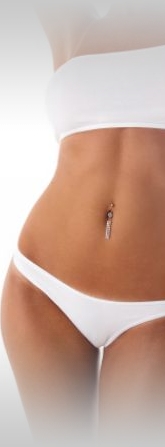Cellulite is a condition in which the skin appears to have areas with underlying fat deposits, giving it a dimpled, lumpy appearance.
|
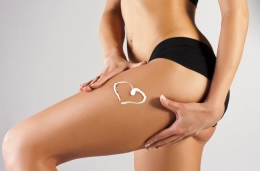
Aging, hormones, and weight changes can all play a role in the appearance of unsightly cellulite.
|
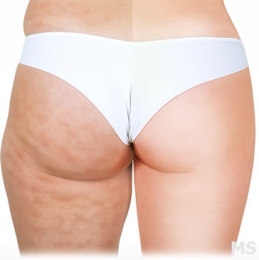
If you're overweight or obese,
weight loss — through healthy eating and regular exercise —
might improve the appearance of the dimpled skin.
|
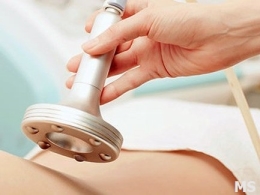
Endermologie (Vacuum Massage)
Cellulite is often classified using three grades:
- Grade 1 cellulite sees no clinical symptoms, but a microscopic examination of cells from the area detects underlying anatomical changes.
- Grade 2 cellulite requires the skin to show pallor (pastiness), be lower temperature, and have decreased elasticity, in addition to anatomical changes noted by microscopic examinations.
- Grade 3 cellulite has visible roughness of the skin (like an orange peel) along with all grade 2 signs.
|
We offer complimentary consultations where expert advice with realistic goals and expectations can be explained.
|
| 
The lumpiness of cellulite is caused by fat deposits that push and distort the connective tissues beneath skin, leading to the characteristic changes in appearance of the skin.
|
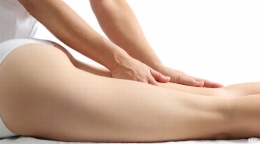
While cellulite does increase with age, even young people can shows signs of the dreaded dimpling.
|

Radio Frequence RF Fat Reduction
Cellulite is most common around the thighs and buttocks, but it can be found on the breasts, lower abdomen and upper arms as well.
|
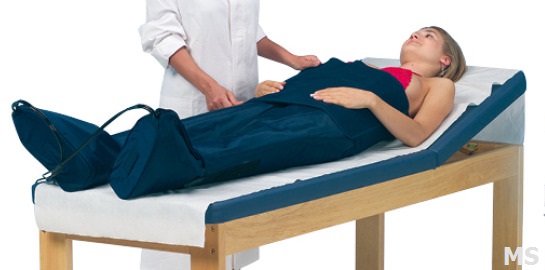
Pressotherapy

Ultrasound Cavitation
|





